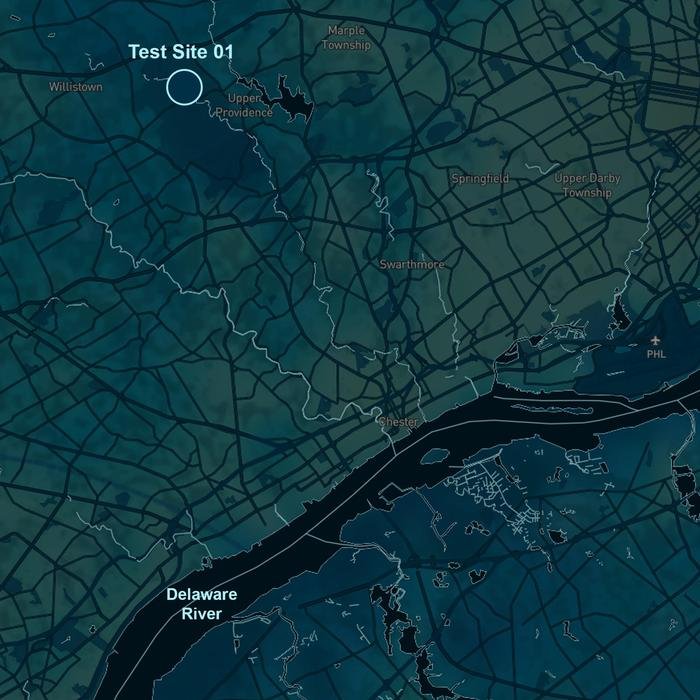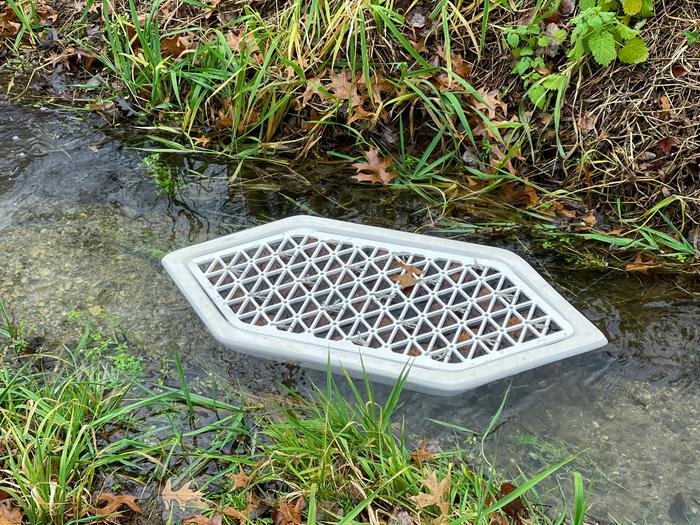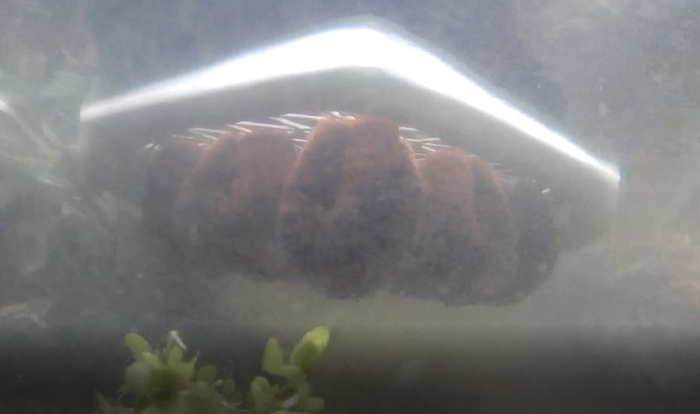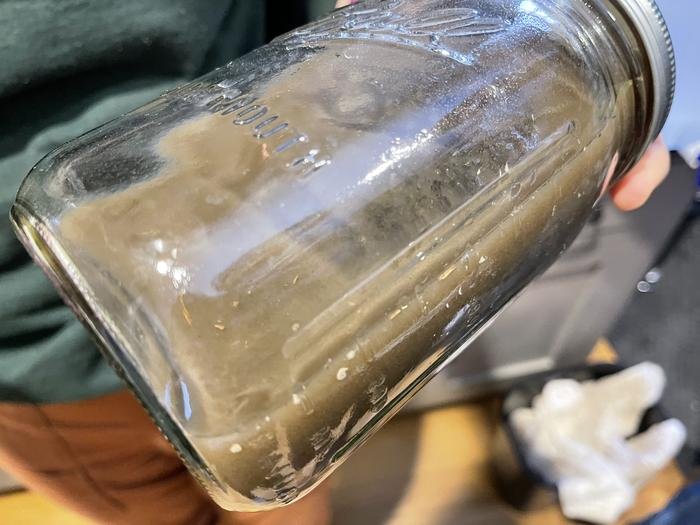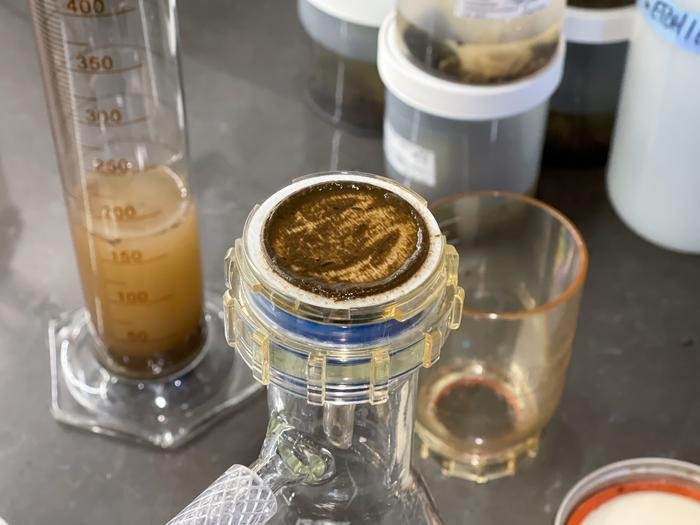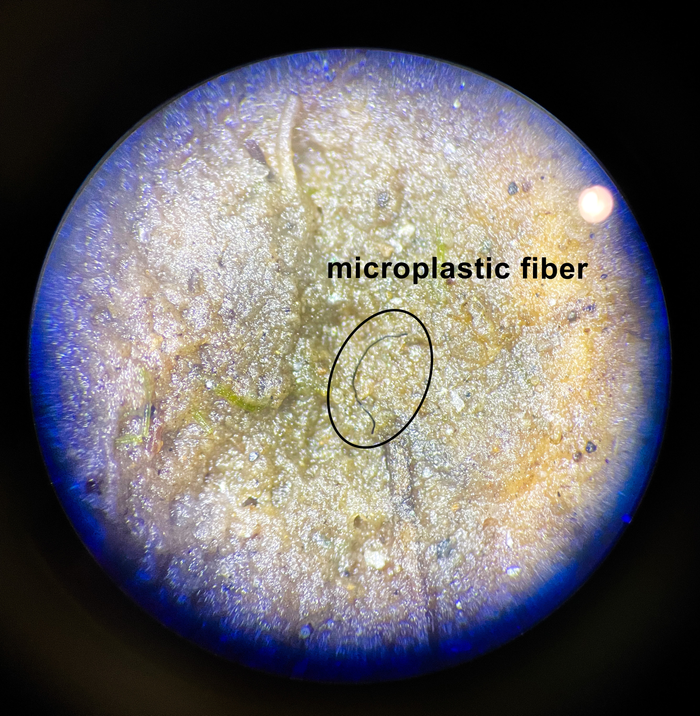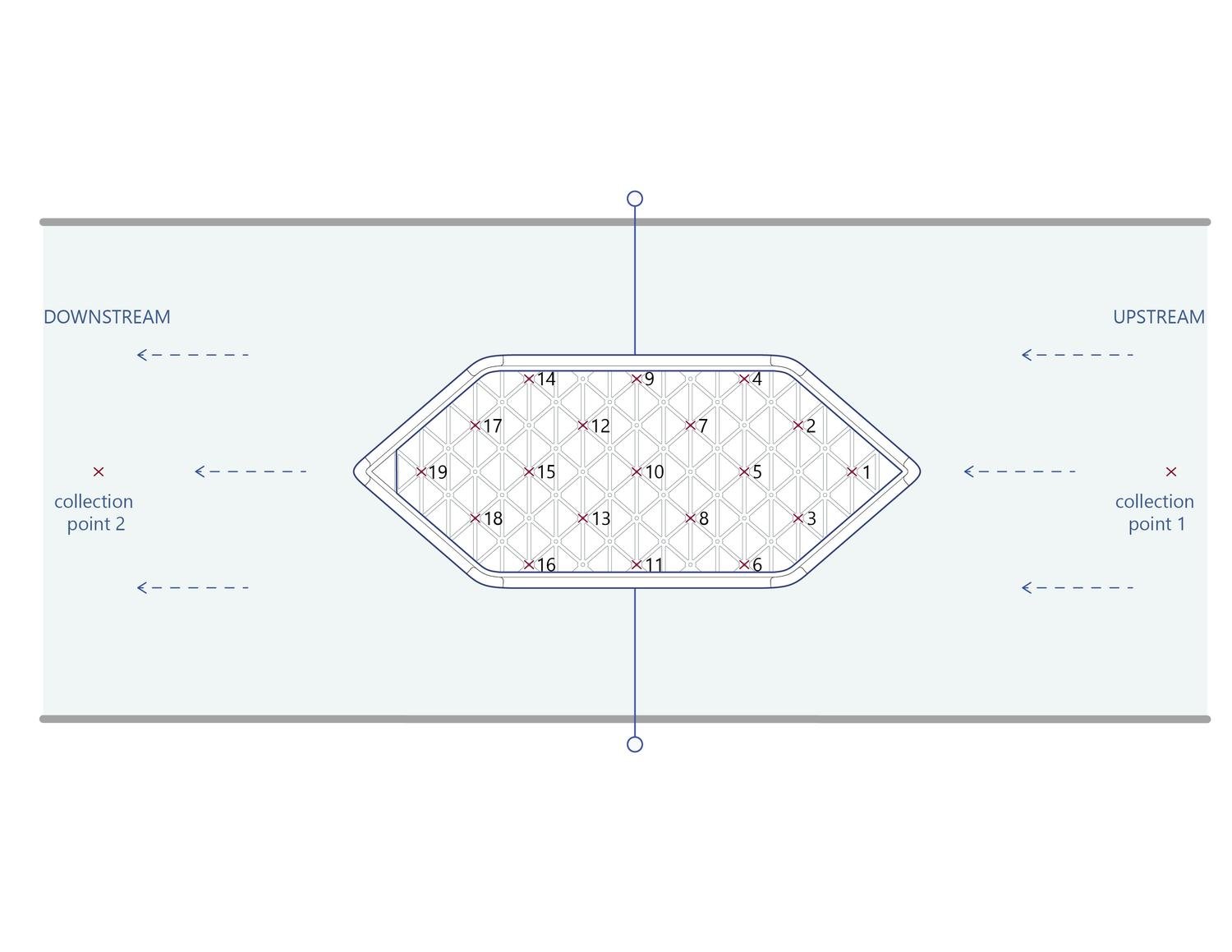Field Test: Ashbridge Preserve
The first deployment of the Plastic Hunter prototype aims to test the performance of the device in a natural environment. Specifically, this first field test attempts to answer whether the Plastic Hunter can reduce the abundance of microplastics within an active stream, as opposed to a controlled laboratory environment. By considering organic factors and implementing the prototype in a “real-world” context, the experiment sheds light on areas for improvement and the general competence of the technology. The deployment is also the first opportunity for Project Plastic to test their proprietary artificial root network that is attached to the Plastic Hunter’s frame. Coconut fiber brushes constitute this root network and serve as the device’s microplastic bio-filter.
Project Plastic is proud to be working in collaboration with the Willistown Conservation Trust for the Ashbridge Preserve field test. The Willistown Conservation Trust preserves and manages the open land, recreational, historic, agricultural and natural resources of the Willistown area and nearby communities. Project Plastic formed a month-long partnership with the organization and deployed the prototype in a stream located within their Ashbridge preservation area. The trust monitors the water quality within their natural preserves, using their developed protocol to count microplastic concentrations in active water systems on site. The trust continued to monitor microplastic concentrations at the site before and after deployment to provide extensive and accurate results concerning the Plastic Hunter’s efficacy.
The Field Test
-
The field test site is located within the Ashbridge Preserve, a 55-acre plot that contains the main stem of Ridley Creek. The stream used in the test receives effluent from a nearby water treatment plant and was found by researchers at the Willistown Conservation Trust to be highly contaminated with microplastics, making it an ideal test site.
-
The duration of the test was one month. Throughout the deployment period, the prototype was anchored to stakes located on either side of the stream and covered the majority of the stream’s width.
-
After one month of operation, the device was removed from the stream. Coconut fiber brushes were then extracted from the frame, collected, and analyzed in the lab for their microplastic count. Water samples taken both in front and behind the plastic hunter device each week of the deployment were also analyzed to determine whether the device had reduced microplastic quantities in the stream.
-
As shown in the microscopic image, a Polypropylene microplastic fiber is visible in this coconut fiber sample, indicating that the brush was indeed able to capture microplastics from the stream. While samples were difficult to analyze due to the density of the sediment attached to the fiber brushes, Willistown Conservation Trust researchers were able to identify higher microplastic counts from samples taken from our device when compared to water samples from the stream.
-
Water samples were collected upstream and downstream of the device on a weekly basis. To compare the locational performance of the artificial root brushes, roots at locations 1, 10, and 19 on the device were collected individually and analyzed. Additionally, to determine the durational performance of the artificial root brushes, roots at locations 1, 2, 3, 4, and 6 were collected chronologically each week and then compared.
-
Upon collection, water samples were vacuum filtered and observed under microscope. Researchers utilized filter paper to count the amount of microplastics found in each of these water samples.
In conclusion, the artificial root system proved to be generally effective. The root brushes successfully captured microplastics within the Ashbridge Preserve stream, shown through the microplastic concentrations in the tested water samples. As for future adjustments, the buoyancy of the device will require improvement since organic matter was found to substantially accumulate on the prototype’s fiber brushes over time, which weighed down the prototype. Finally, the connection between the artificial root brushes and the device’s frame will also need to be enhanced and made more secure.
The Ashbridge Preserve field test marks a prospective start to the development and continued refinement of the Plastic Hunter, as well as an auspicious confirmation of the device’s technical feasibility and efficacy.
